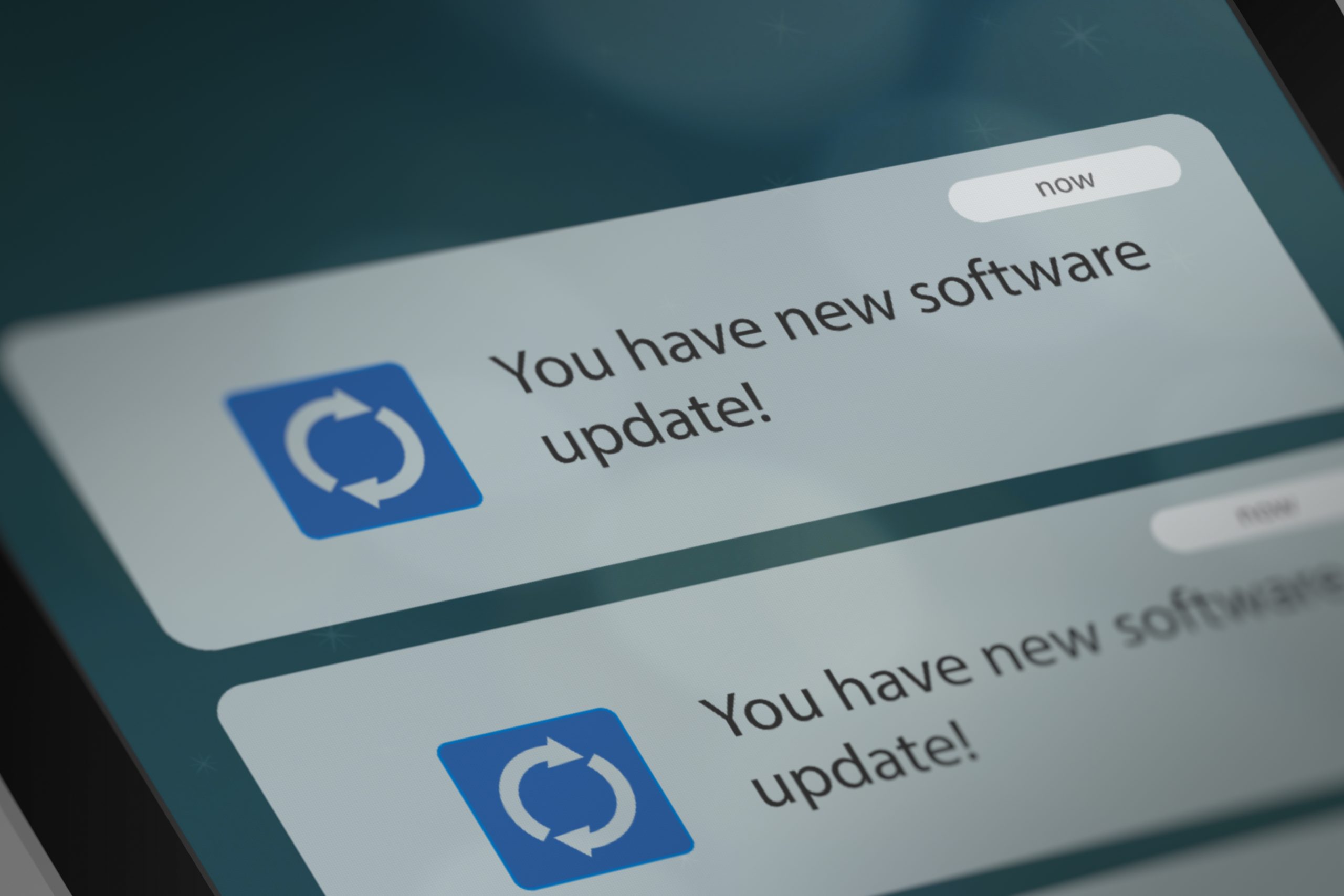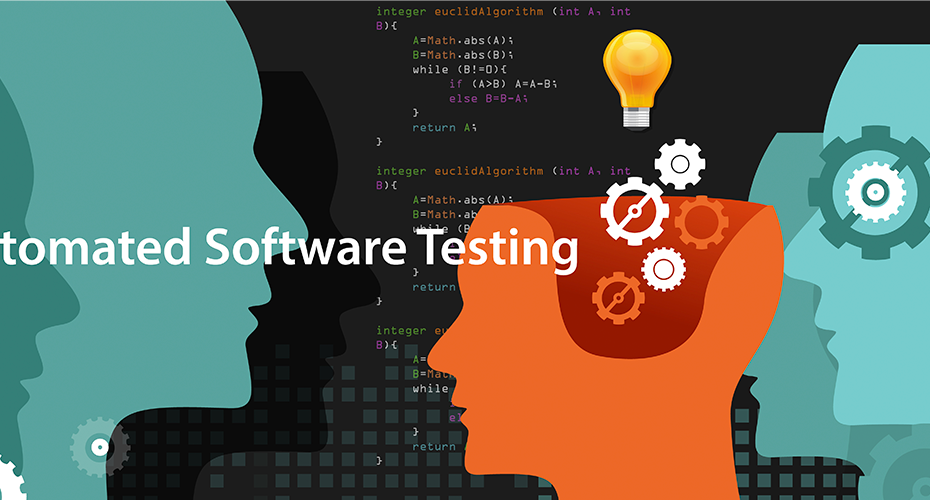
8 Best Practices and Technology Tips for Remote Employees

Globally, 16% of companies are 100% remote and more than 4.7 million people in the U.S. worked remotely for at least half the time. While many employees prefer the WFH lifestyle, the unfortunate reality is remote work increases cyberattack frequency by 238%. Without the layers of preventative security controls a brick-and-mortar office can offer, our professional lives are at a much higher risk of attack while working from home. In this article, we’ll cover 8 best practices and technology tips for remote employees.
8 Best Practices and Technology Tips for Remote Employees
The world was forced to abandon the in-person 9-5 system our culture has been so deeply rooted in for decades upon the arrival of the COVID-19 pandemic. Two years later, remote work appears to be cemented into society due to its many advantages to employees and employers alike. So, it is time to elevate temporary work environments to permanent work-from-home infrastructures to mitigate cyber threats and reach new levels of productivity. To help, we’ve prepared a list of 8 best practices and technology tips for remote workers.
Network security
Rising threats in cybersecurity have exposed vulnerabilities, highlighting the importance of network security. By 2025 cybercrime will cost the world $10.5 trillion annually. Remote employees can take simple steps to enhance their security and protect the privacy of their organizations. One of the easiest steps for employees is to secure their Wi-Fi network and make sure routers are updated, patched, and properly configured. In turn, organizations should create policies on scheduled password changes to enhance security.

Privacy should be a top priority for employees. The creation of a guest network for home traffic use creates an additional layer of security. Employees should not let family members use their work devices as it increases the chance of a security breach. Breaches not only slow productivity, but also heighten the risk of the entire organization being compromised.
Other simple steps employees should follow include:
- Multi-factor authentication on apps
- Logging on to known, secure sites including those with “https”
Utilize cloud solutions
Having the right work from home technology is essential when it comes to productivity. Cloud solution tools allow for access to information, increasing both flexibility and automation. In the event of a system crash, organizations utilizing the cloud still have the benefit of easy accessibility to business-critical data as their systems have been backed-up.
Another benefit is the ability to use tools that serve multiple departments within the organization including payroll, HR, logistics, etc.
File back-up
One accidental keystroke could eliminate hours, days, weeks, or even years of hard work. To combat the potential of erasure via human error, files should be backed up regularly. This is a simple measure that can save a significant amount of time and money.
VPN/endpoint protections
Protecting sensitive information has become increasingly important for individuals who work remotely. Staying safe from malicious attacks is critical for organizations as well. Many employees connecting to their company’s Virtual Private Network (VPN) put themselves and their employers in a vulnerable position.
This is another instance where establishing a work from home security procedure is useful. As many workers lack technical skills, most of the responsibility for increased protection falls on the organization.
VPN security can be enhanced with a variety of methods including:
- Employing strong authentication methods
- Utilizing usernames and passwords
- Upgrading from Point-to-Point Tunneling Protocol (PPTP) to a Layer Two Tunneling Protocol (L2TP)
- Using smart cards
Even without technical expertise, employees can still be diligent to secure their workstations by properly configuring their routers and personal home firewalls. Additionally, using antivirus software strengthens the security of the VPN connection.
Isolate personal/professional web browsing
An easy, non-technical tip for employees to add a layer of security to their work environment is to keep personal and professional web browsing separate. Personal traffic increases security threats due to more vulnerabilities with insecure emails, links, and attachments.
Software updates
Tech updates are hyper-critical for a safe workplace environment. Employees can take simple steps to ensure their systems keep running efficiently. These include:
- Performing updates to the software installed on machines
- Installing a personal firewall is advised in addition to any company security protocols
- Regularly restarting machines and periodically clearing the cache can improve performance
- Uninstalling unused programs is suggested as they take up valuable space and cause machines to lag
- Updating antivirus software is necessary to keep potential hackers from gaining access to confidential information
- Backing up data regularly
Understand bandwidth
Working remotely can cause unexpected bandwidth issues due to an employees’ household technical usage. If household members are online and consistently streaming, a vast amount of bandwidth is being used; potentially causing slowdowns and decreasing workday efficiency. To curb interference, employees can consider limiting their streaming and video calls.
Phishing attacks
More individuals today are falling victim to phishing scams as content looks highly realistic, often mirroring “valid” apps, websites, etc. For hackers, compromising emails is relatively easy. The easiest way for employees to stay safe is to be vigilant regarding emails; only opening correspondence from individuals they know and being wary of any attachments.
Safely Working from Home
In an office setting, it’s easy to request a visit from IT personnel to resolve any issues employees may have with their PCs. Isolating and resolving IT challenges can prove difficult for non-tech remote employees but having a basic understanding of tech best practices helps workflow. Any interference can cause a slowdown in productivity so it’s important to take proactive measures and follow simple best practices and technology tips to stay as efficient as possible from a remote setting.
For help getting your remote organization secured, check out Apexon’s Security Testing services or get in touch directly using the form below.


